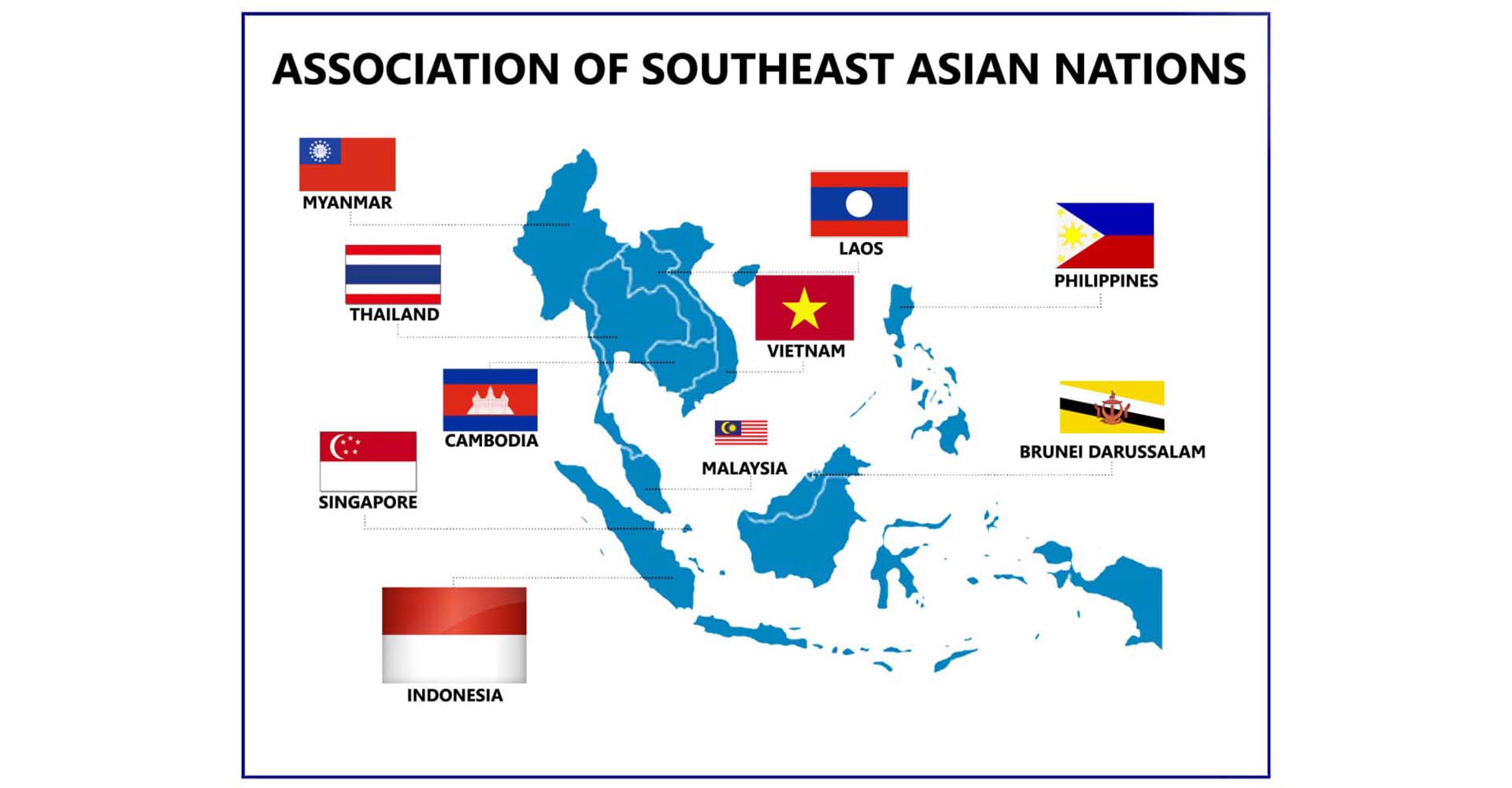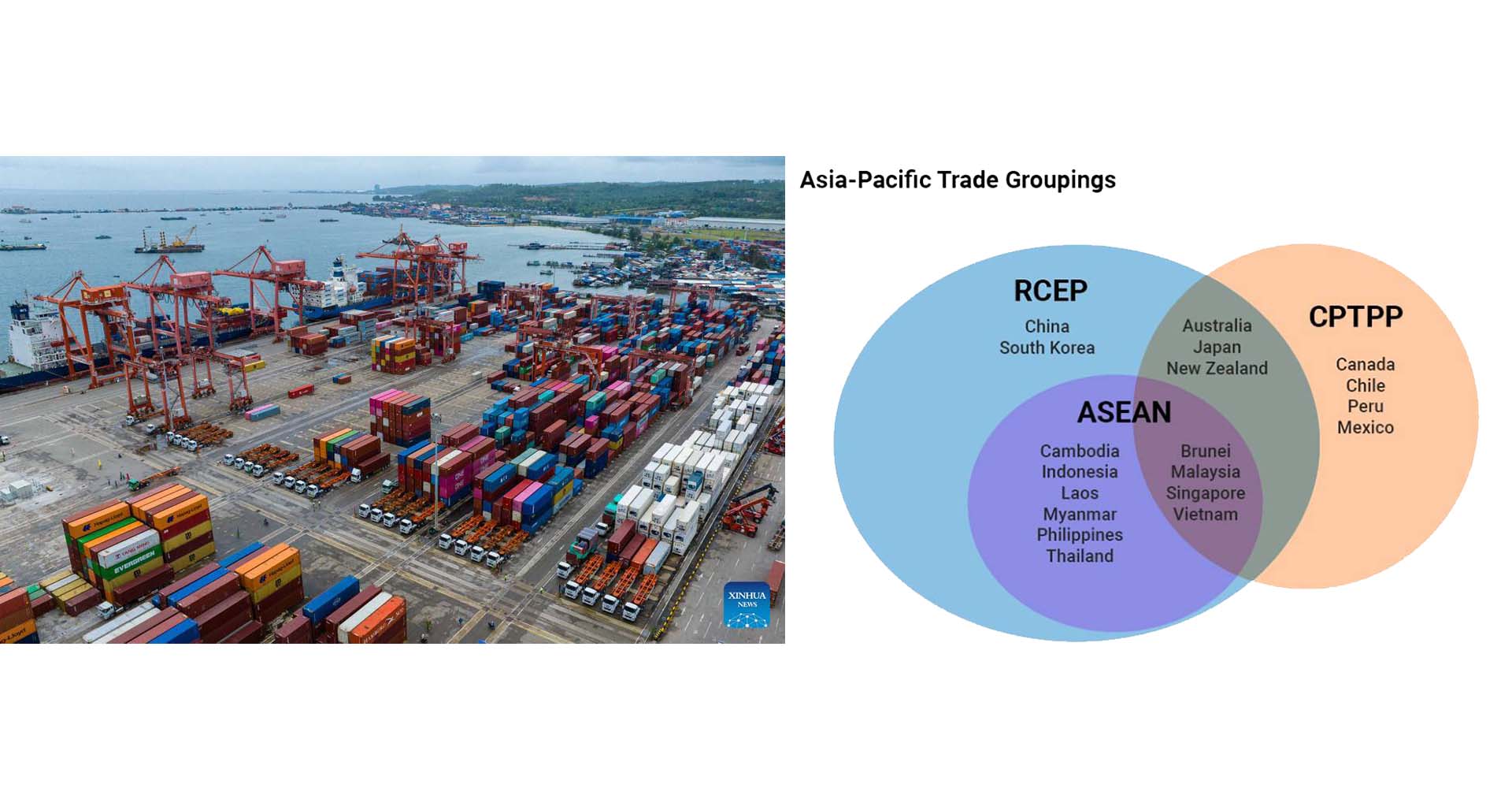Thailand exported 5 million tons of rice in the first six months of the year but third-quarter shipments show signs of slowing down because of higher prices compared with competitors, with buyers delaying purchases as rice from Vietnam, India and Pakistan floods the market.
Thai rice exports have been strong in the first five months of this year. According to data from the Ministry of Commerce, in cooperation with the Customs Department, 4.05 million tons of rice were exported, valued at 94,640.91 million baht, an increase from the same period in 2023 when 3.48 million tons were exported.
The Department of Foreign Trade and the Thai Rice Exporters Association expect that Thailand will exceed its annual export target of 7.5 million tons, potentially reaching 8 million tons (compared with 8.7 million tons exported in 2023).

-->

Chookiat Ophaswongse, honorary president of the Thai Rice Exporters Association, said it is expected that Thailand will have exported around 5 million tons of rice in the first six months of this year, thanks to high global demand for rice, driven by many countries’ concerns over food security.
“The weakening of the Thai baht to around 36-37 baht per US dollar has also helped improve price competitiveness, along with India’s continued ban on exporting white rice,” Chookiat said

Previously, there were significant orders for Thai rice, which pushed domestic and export rice prices up. The price of 5% white rice, Thailand’s most exported type, averaged US$649 and $630 per ton for May and June respectively.
The average price for unhusked rice that farmers could sell was 11,000 baht per ton, considered high, encouraging farmers to continue planting rice to benefit from the favourable conditions.
“In the first six months, we have already exported about 5 million tons of rice,” Chookiat said. “Intense competition among exporters to buy rice for export has driven domestic prices up. However, new orders have become scarce because our prices are much higher than those of competitors, resulting in a quiet third quarter across all markets.
“Additionally, rice production in competitor countries like Vietnam, India, Pakistan and Myanmar has improved, leading to more rice in the global market. India has also signalled a return to exporting white rice in the fourth quarter of this year, which will compete for market share and is likely to drive global rice prices down, potentially lowering Thai domestic rice prices as well.”
Source: The Nation


















